Dreaming of a Van Build but on a Tight Budget? You’re Not Alone.
You’d love to convert a van and hit the road — but your wallet says otherwise. You scroll through Instagram and Pinterest, drooling over professionally built camper vans with:
- premium wood like oak or mahogany
- clever storage everywhere
- enough space for a whole family
- built-in showers
- fully equipped kitchens
- … and so on.
But let’s be real — those high-end builds just aren’t within everyone’s reach.
Maybe you’ve already used our Van Life Budget Calculator and realized those fancy conversions are way out of range.
That was the case for us. And if you’re reading this, chances are it’s the same for you too.
On top of that, you might not have much DIY experience — and you’re just looking for a simple, functional setup to get started. One that you can always upgrade later.
Here’s the good news:
A low budget van conversion is totally possible. You can build a van that’s comfortable, practical, and perfectly suited to your lifestyle — without breaking the bank. 😉
Once you’ve bought a used van, you don’t need to spend a fortune (or endless hours) to hit the road and start your adventure!
So here are our 8 best tips to help you create an awesome van setup — without spending a ton.
1. Start With a Used Camper Van

Let’s begin at the root of the issue 🌳.
If you’re trying to stick to a low budget van conversion, dropping $70,000 on a brand-new camper van probably isn’t your best move.
Buying second-hand is usually the smarter (and more realistic) option. Sites like Craigslist or Facebook Marketplace are goldmines for used vans.
But be careful — what seems like a great deal at first can turn into a financial nightmare.
Yep, we’ve been there.
That’s exactly what happened with our van Hermès, and we shared the full story over on the blog Parenthèse Nomade by Carine and Nicolas.
In that article, you’ll find everything you need to know before buying a used camper van — so you don’t get burned:
- How to spot and avoid scams
- What research to do before buying
- All the essential things to check (rust, engine, mileage, etc.)
One extra tip we didn’t mention in the article:
Even if the seller already passed a vehicle inspection, always get your future home-on-wheels checked out by a trusted mechanic.
At the very least, bring along someone who knows their way around an engine.
We didn’t have that option — Hermès was all the way across the country — and we’re still kicking ourselves for it.
2. Know What Drives Up the Cost in a Van Build
One of the smartest ways to keep your low budget van conversion affordable?
Understand which parts of a van build are the most expensive — so you can avoid them or find cheaper alternatives.
Here are the top budget-eating elements in a DIY van conversion:
- A full electrical system
- A built-in shower with hot water and pressure
- Quality wood (especially since material prices have gone up)
- Tools — you’ll need a surprising amount for a full build
- Screws and hardware (yep, those tiny pieces add up fast)
- VASP certification (French regulation, including inspections and paperwork)
- Insulation — a crucial step you shouldn’t skip
On average, van conversions can cost anywhere from €5,000 to €7,000 (about $5,500 to $7,500). But the final cost really depends on your needs, priorities, and what you’re willing to invest.
The good news?
You can totally build a functional, cozy camper van for under €2,000 (around $2,200) if you stick to the essentials:
- A pull-out bed
- Basic storage furniture
- A simple kitchen unit with sink and stove
Less is more — especially when your goal is freedom, not perfection. 😉
3. Make a List of Needs vs. Wants
When you start planning your van build, it’s easy to get swept away by all kinds of ideas:
- A separate bathroom
- A gas stove
- A three-way fridge
- A fold-away bed system
But before you buy your van or start building anything, take a step back and make a list of your essential needs — and then your nice-to-haves.
This will help you stay focused, especially if you’re aiming for a low budget van conversion, and guide your choices when it comes to layout and van size.
Here are a few questions to help you figure out what really matters to you:
- Do you want to be able to stand up inside your van?
- Do you need a bathroom?
- Will you cook inside or outside?
- Do you want a vehicle that’s easy to park anywhere?
- How much storage space do you need? Are you bringing bikes or bulky gear?
- Will you be traveling with pets?
Keep in mind that your needs and desires will evolve over time as you gain experience on the road.
That’s why we recommend doing short road trips as you build your van. Test your setup step by step.
It’s the best way to figure out what’s missing — and what you can definitely live without.
👉 Also worth reading: Everything You Need to Know Before Starting Your Van Build
4. Keep It Minimal

If you’re going for a low budget van conversion, you’ll need to start small and keep things simple.
But don’t worry — you can always upgrade or tweak your build later on, as your needs evolve.
The key is to begin with the essentials. Focus on what really matters:
- Do you want a fixed bed for more storage, or a convertible bed you can use as a sofa or workspace? (Check out our 5 DIY bed ideas for your van.)
- Do you really need a toilet, or can you rely on public restrooms and natural options when camping off-grid?
- Will you need a shower?
- What kind of energy setup will you need to charge your devices and run appliances? If you’re planning to work remotely from your van, this is a big one.
- Will you cook inside or outside the van? Do you need to keep food cold — with a fridge or just a cooler?
During one of our road trips in a simple converted car, we went for a super basic build. Our trip was only going to last 1 or 2 months, and we knew we didn’t need much stuff.
And guess what? We realized we could’ve gone even simpler!
👉 Also worth reading: 7 Steps to Embrace Minimalism
Go for a Basic and Removable Setup
Of course, if you’re working with a small budget, you probably won’t be able to afford the latest gadgets or all the comforts of a high-end build.
But that doesn’t mean you can’t create a simple and functional living space.
A low budget van conversion can still include the essentials:
basic insulation, floor and wall coverings, a bed, one or two storage units, maybe a sink, some water jugs, a portable camping stove, and even a solar shower.
If you choose a removable setup — without a fixed water system, gas lines, or electrical wiring — and you skip installing things like a built-in table, you might not need to register your van as a certified camper (like the French VASP system).
At least not for now. Just keep in mind that laws may change in the future.
We’ve seen people travel in vans with almost nothing:
- A fixed bed
- A small water tank
- A basic gas stove
Once again, our best advice is to go on a few short road trips and test your setup as you go.
It’s the easiest way to figure out what works — and what doesn’t.
5. Buy Second-Hand and Hunt for Deals
When we bought Hermès — our beloved Iveco 35-8 — it was already partially converted. That’s actually one of the reasons we fell in love with it.
But of course, we still wanted to improve a few things, remove some parts, and add our own touches.
The truth is, when you’re working on a low budget van conversion, you’ll probably make a hundred trips to the hardware store — like the French equivalent of Home Depot or IKEA.
And while that might eat up some gas, it can also eat into your budget if you buy everything brand new.
Second-hand is your best friend.
Not only is it great for your wallet, but it’s also a solid win for the planet 🌍
Here are a few great places to find second-hand furniture, tools, or accessories:
- Flea markets and garage sales
- Jechine.fr
- Facebook Marketplace
- eBay
- Leboncoin
- Lucky Find
One little exception: if you’re planning to install solar panels, it’s usually better to buy new — especially for safety and performance. Wait for seasonal sales or discounts instead of going second-hand.
6. Find Cheaper Wood Options
Wood is one of the most expensive materials in any van build — and that can really hurt your low budget van conversion.
But good news: there are ways to save!
- Look for leftover wood or offcuts on second-hand sites. Some professionals sell their scraps at low prices.
- Check for clearance sales or end-of-stock deals at your local hardware stores.
Also, do a bit of research on wood types to find the best quality-to-price ratio for your needs and your budget.
Some affordable and commonly used options include:
- Poplar plywood
- Okoumé plywood
- Three-layer spruce panels
Stay flexible and keep your eyes open — sometimes the best deals come from unexpected places.
7. Borrow Your Tools
Getting fully equipped with tools — drill/driver, circular saw, hand saw, jigsaw, square, clamps, hammer, screwdrivers, pliers, level… — can cost you a small fortune.
If you already have what you need, great!
But if you’re only missing one or two tools, try asking around. Someone in your family or friend circle might be able to lend you exactly what you’re looking for.
That alone could save you hundreds of dollars — not bad when you’re aiming for a low budget van conversion.
And if borrowing isn’t an option, consider buying second-hand. You can always resell the tools once your build is done.
8. Do It Yourself
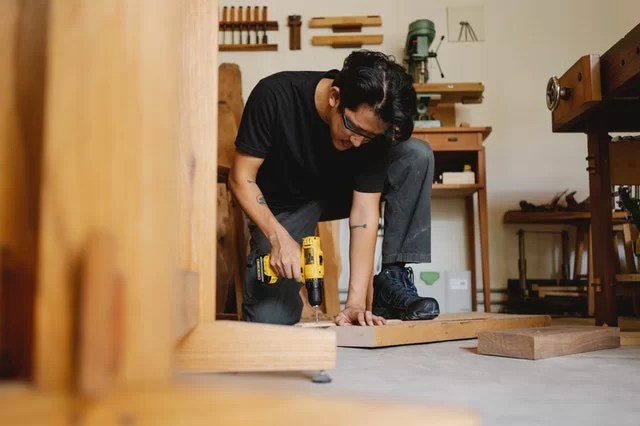
DIY is one of the best ways to achieve a low budget van conversion.
Thanks to the rise of the vanlife community and DIY culture, there’s no shortage of free resources online to help you build your dream van.
Personally, we use Pinterest every day for inspiration — and YouTube tutorials to bring those ideas to life.
With just those two tools, you can learn how to:
- Build your own bed
- Install windows
- Make your own composting toilet
- Even wire your electrical system!
The best part about doing it yourself?
If something breaks, you’ll know exactly how to fix it. 👍
DIY can save you a lot of money — and give you a real sense of pride in your build.
Bonus Tips for an Even Cheaper Van Conversion
If you follow the tips we’ve shared so far, you can absolutely complete your low budget van conversion for under €5,000 — or even under €3,000!
But if you’re still looking to cut costs further, here are a few extra tips to help you save even more:
Skip the Fridge (At Least for Now)
When we bought Hermès, our van already had a fridge installed.
But to be totally honest… we don’t think we’ll ever actually use it.
Maybe just for dry food storage — but not as a working fridge.
Why? Because it runs on gas or electricity — two precious resources when you’re living the vanlife.
So we’ve chosen not to use it.
And if you’re starting your low budget van conversion, we suggest doing the same.
If you really want to keep things cool, consider getting a portable electric cooler instead.
Sure, it’s smaller than a fridge — but it’s cheaper, and it uses way less power. Win-win.
👉 Also worth reading: How to Live in a Van Without a Fridge and How to Make Your Own Desert Fridge
Skip the Solar (If You Need to)
If your budget is really tight, you probably don’t want to spend €1,000 to €2,500 on a full solar setup.
And honestly? We totally get it.
One great alternative: invest in a portable power station.
What’s great about this option is its flexibility — it’s 100% portable!
No need to run wires through your van walls or deal with a confusing wiring diagram.
And the best part? You can take it anywhere:
- To a café to work
- To the beach
- On a picnic, hike… wherever you need power
Another super low-cost solution: buy a 12V to 230V inverter that plugs into your cigarette lighter socket.
You can use it to charge a 30,000mAh external battery while driving — and later use that battery to charge your phone.
Of course, this only works while your engine is running.
There are also small, budget-friendly solar kits available online. They won’t power everything, but they might be enough for your basic needs.
However, if you plan to work remotely as a digital nomad and need to plug in your laptop regularly, it might be worth investing in a more powerful setup down the road.
Don’t Aim for a Full Kitchen (Right Away)
In the beginning, you probably won’t need a full built-in kitchen.
And let’s be real — it’s also one of the more expensive parts to install.
Instead, keep it super simple:
- A basic camping stove
- A foldable table
- A collapsible bucket for washing dishes
A few years ago, we bought one of those buckets and used it for everything — doing the dishes and even washing ourselves!
When you’re just starting your low budget van conversion, simplicity is your best friend.
👉 Also worth reading: RV Cooking – Tips and Easy Recipes
We hope you enjoyed this article!
If you did, let us know in the comments — we love hearing from you.
And if you have any questions about low budget van conversions, feel free to drop them below.
We’d be happy to help.
Want to dive deeper into vanlife?
Subscribe to our newsletter The Free Letter and get our bonus eBook: Vanlife Starter Pack — packed with tips, tools, and inspiration to help you hit the road.
See you out there on the road!
Johanna & Gabriel 🚐


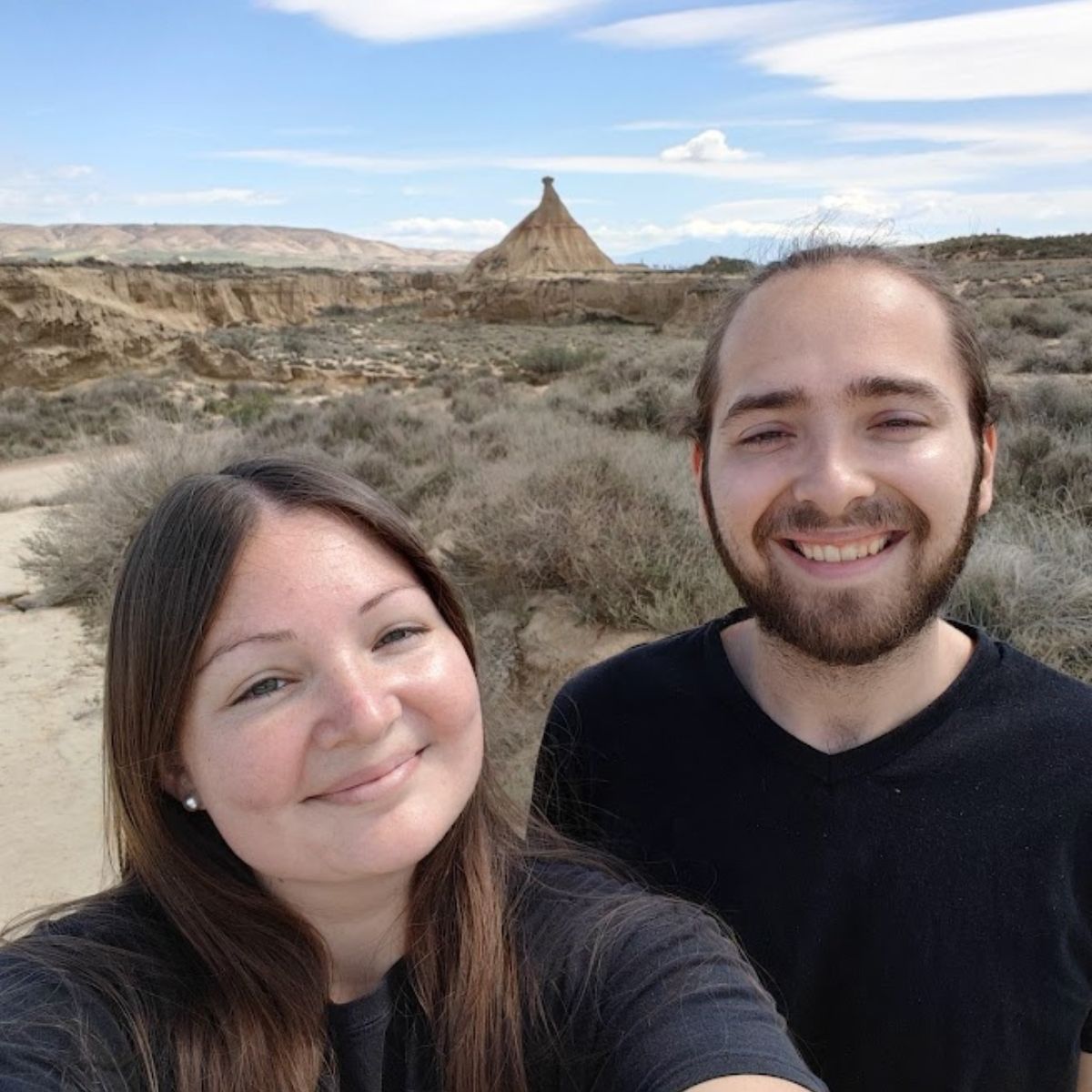

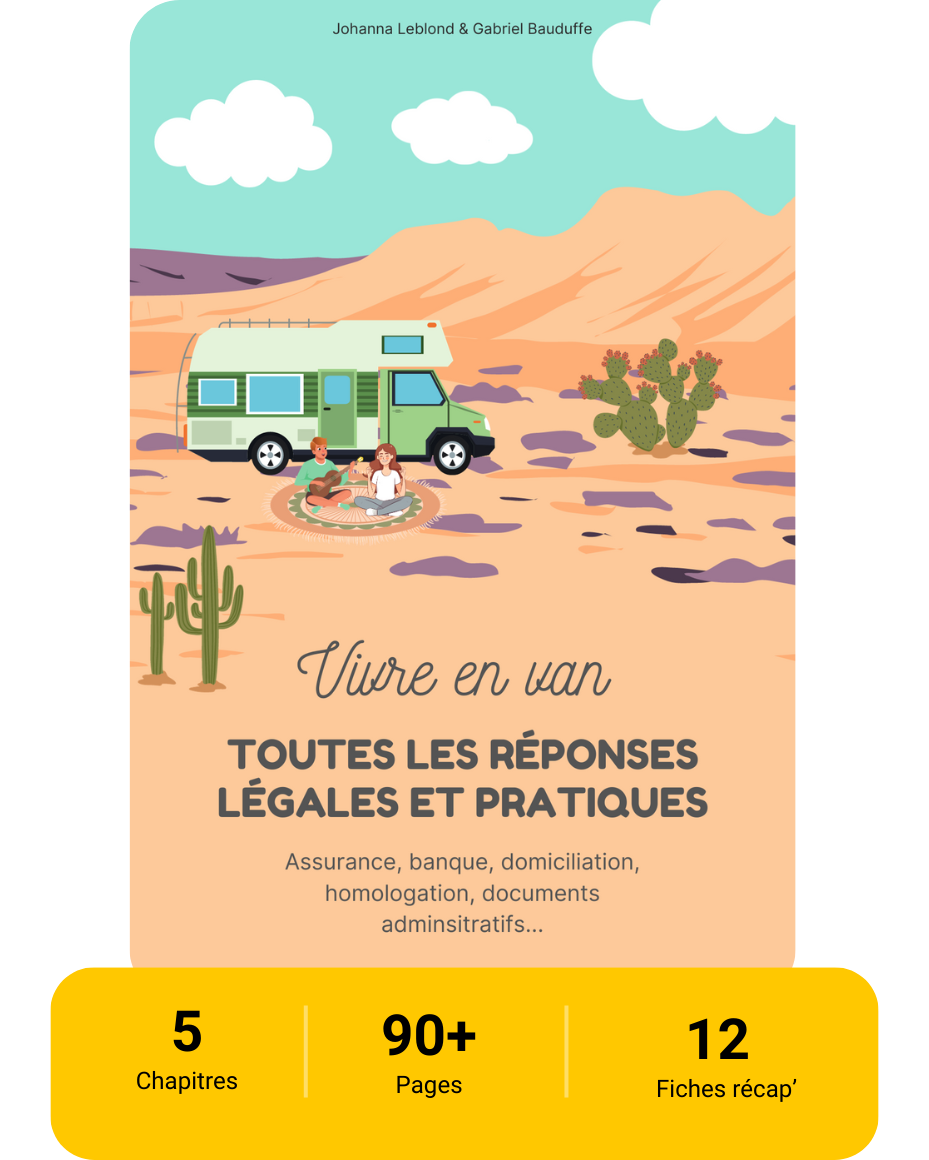
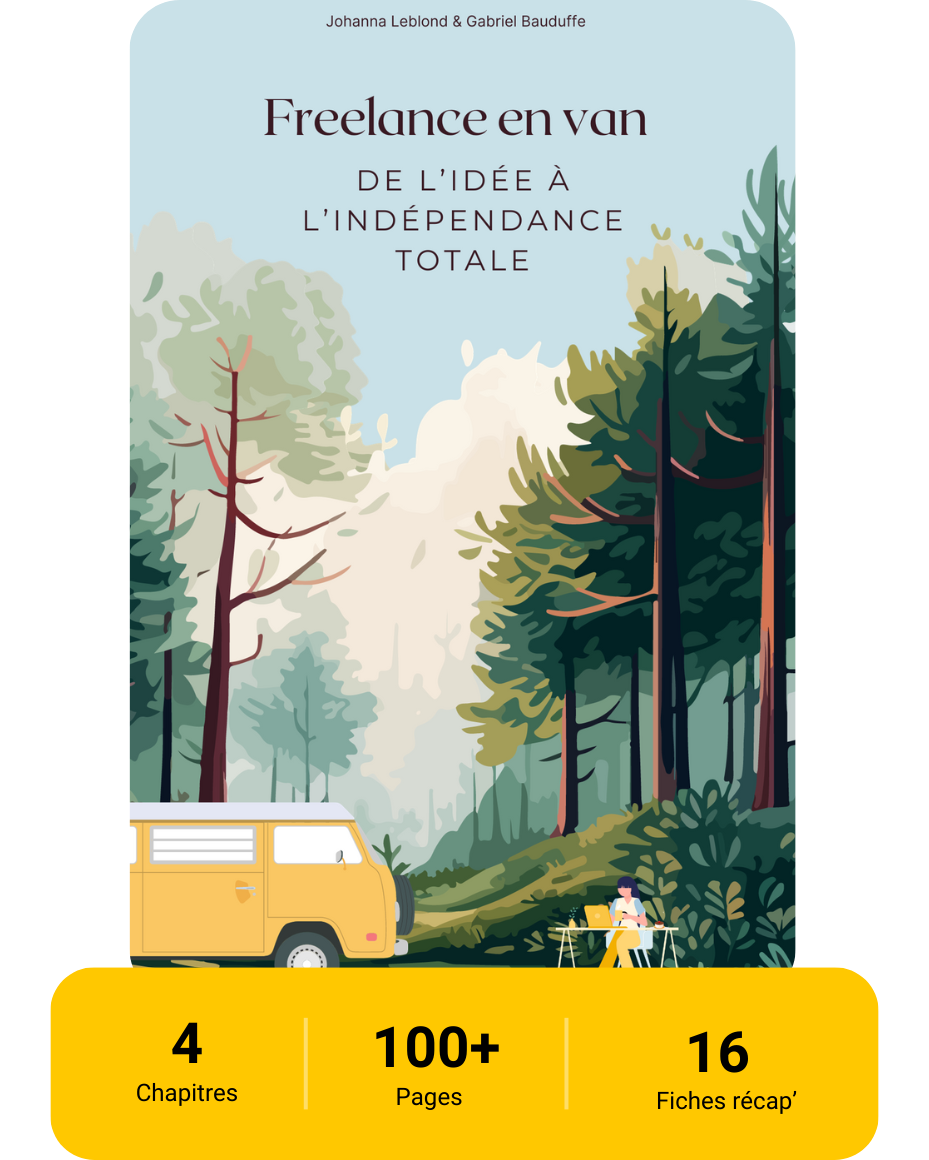
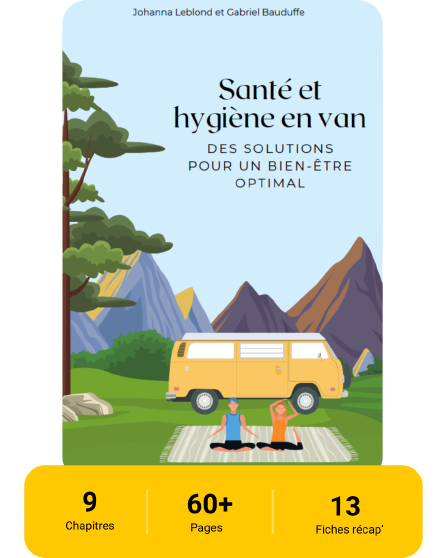
0 commentaires